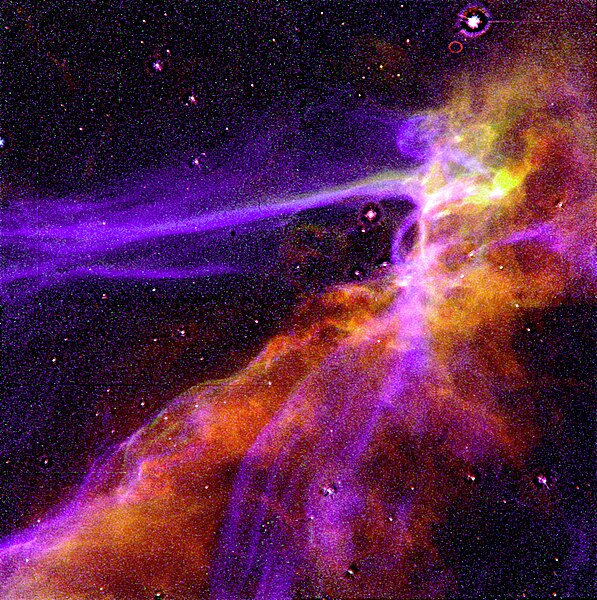Ficheiro:Cygnus Loop Supernova Blast Wave - GPN-2000-000992.jpg

Dimensões desta antevisão: 597 × 600 píxeis. Outras resoluções: 239 × 240 píxeis | 478 × 480 píxeis | 764 × 768 píxeis | 1 019 × 1 024 píxeis | 1 519 × 1 526 píxeis.
Imagem numa resolução maior (1 519 × 1 526 píxeis, tamanho: 3,67 MB, tipo MIME: image/jpeg)
Histórico do ficheiro
Clique uma data e hora para ver o ficheiro tal como ele se encontrava nessa altura.
| Data e hora | Miniatura | Dimensões | Utilizador | Comentário | |
|---|---|---|---|---|---|
| atual | 01h18min de 9 de abril de 2009 |  | 1 519 × 1 526 (3,67 MB) | BotMultichillT | {{Information |Description={{en|1=This is an image of a small portion of the Cygnus Loop supernova remnant, which marks the edge of a bubble-like, expanding blast wave from a colossal stellar explosion, occurring about 15,000 years ago. The HST image sh |
Utilização local do ficheiro
Não há nenhuma página que use este ficheiro.
Utilização global do ficheiro
As seguintes wikis usam este ficheiro:
- ar.wikipedia.org
- ceb.wikipedia.org
- en.wikipedia.org
- es.wikipedia.org
- eu.wikipedia.org
- fj.wikipedia.org
- fo.wikipedia.org
- gn.wikipedia.org
- mk.wikipedia.org
- ms.wikipedia.org
- simple.wikipedia.org
- sq.wikipedia.org
- uk.wikipedia.org
- zh.wikipedia.org


